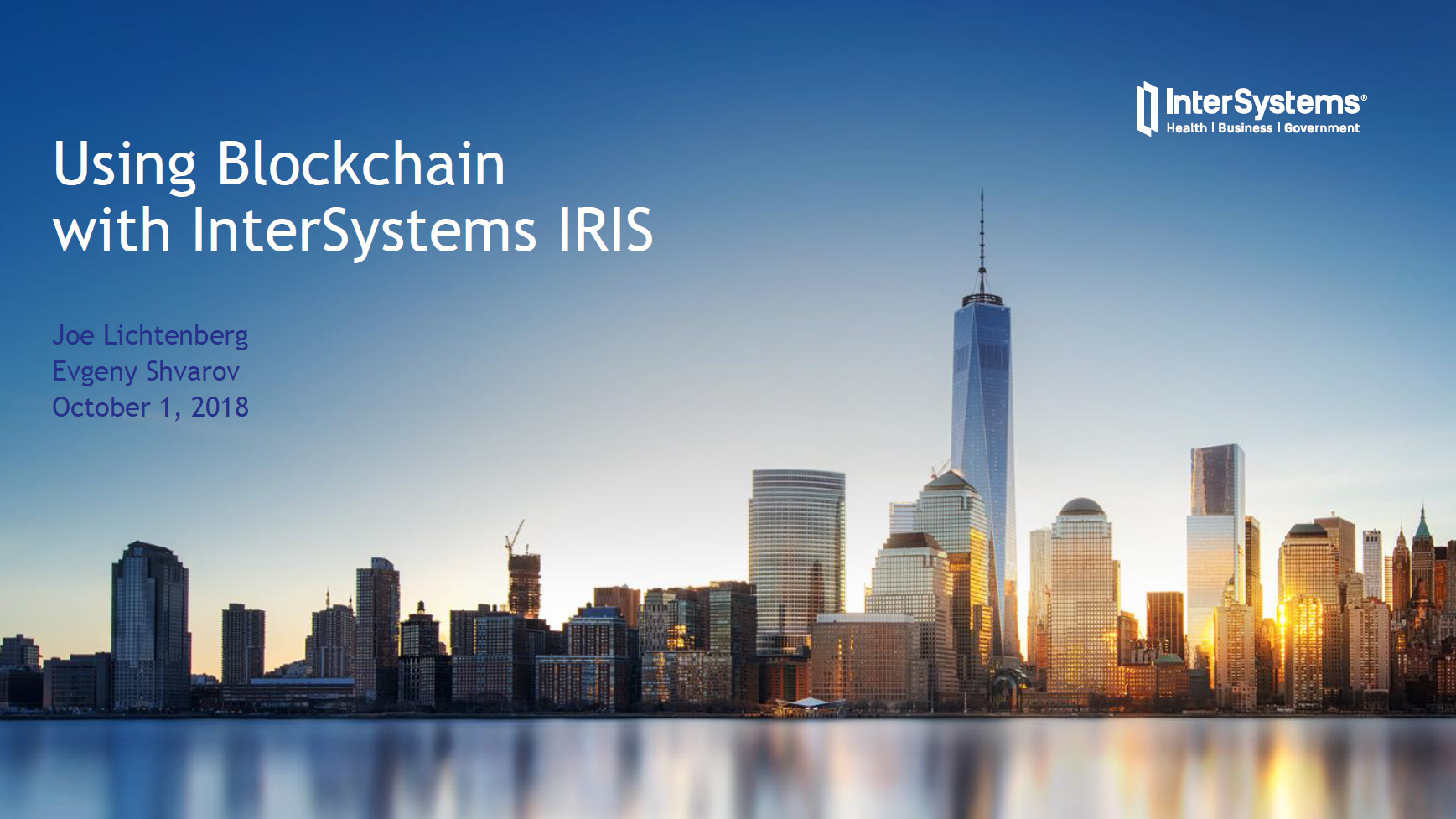Hi, Community!
This is a digest of the Developer Community postings in September 2018.
Most viewed
Atelier 1.3 Stable Release 324
Intersystems IRIS and the next applications generation 149
How the Intersystems IRIS ended to anemic databases era 141
Dynamic objects and JSON support in InterSystems products 141
UDL support 127
Global Summit 2018: Unconference topics to discuss 118
How I implemented GraphQL for InterSystems platforms 116
Is there a function similar to Oracle's CDC in the cache database? 116
Find a table given its name 113
parsing xml response 105
Most voted
Atelier 1.3 Stable Release 10
George James Software lunchtime meeting at Global Summit 2018 10
Save the date - DACH Symposium 2018 9
Sharding evaluation #1 8
Sharding evaluation #2 7
Atelier Source code versioning 5
Intersystems IRIS and the next applications generation 4
Global Summit 2018 - Make sure you hang out till Wednesday! 4
Developer Community September 2018 Release 4
New Video: Atelier – Debugging a Class 4
Most commented
How can I create properties (DocDB, Python)? 15
Is there a function similar to Oracle's CDC in the cache database? 15
parsing xml response 13
How to open Cache studio on Mac OS 11
Change time in message browser etc from UTC to local time 10
LDAP Connection/Configuration 9
class Ens.Queue visible to ODBC? 9
How to Open Terminal In Caché Mac OS 9
Impact of OREF support 9
Visual Report alternatives 8
Top 10 Authors to Follow by Views
Gevorg Arutunyan, Posts, 379
Yuri Gomes, Posts, 290
Robert Cemper, Posts, 190
Eduard Lebedyuk, Posts, 187
Dmitry Maslennikov, Posts, 185
Rustam Ibragimov, Posts, 127
Alexander Tsvetkov, Posts, 78
Mark Bolinsky, Posts, 60
Raymond Lawrence, Posts, 43
Irene Mikhaylova, Posts, 38
Top 10 Experts to Follow
Fred Gustafsson, Answers, +5
Robert Cemper, Answers, +4
Jolyon Smith, Answers, +3
Nicole Aaron, Answers, +3
Alexander Koblov, Answers, +2
Tomas Vaverka, Answers, +2
Len Goodkin, Answers, +2
Herman Slagman, Answers, +2
Evgeny Shvarov, Answers, +1
Eduard Lebedyuk, Answers, +1




